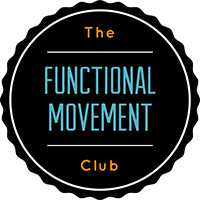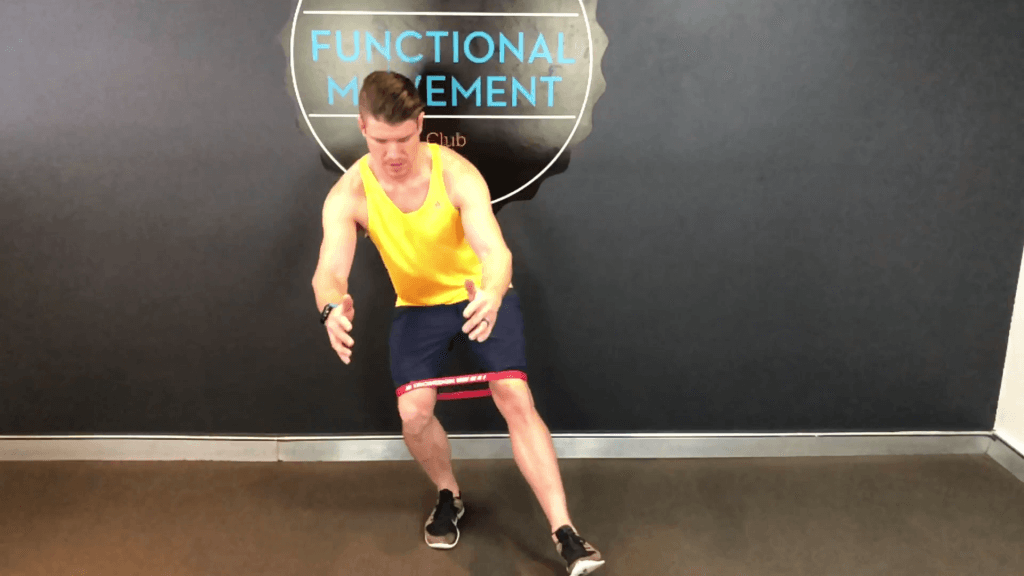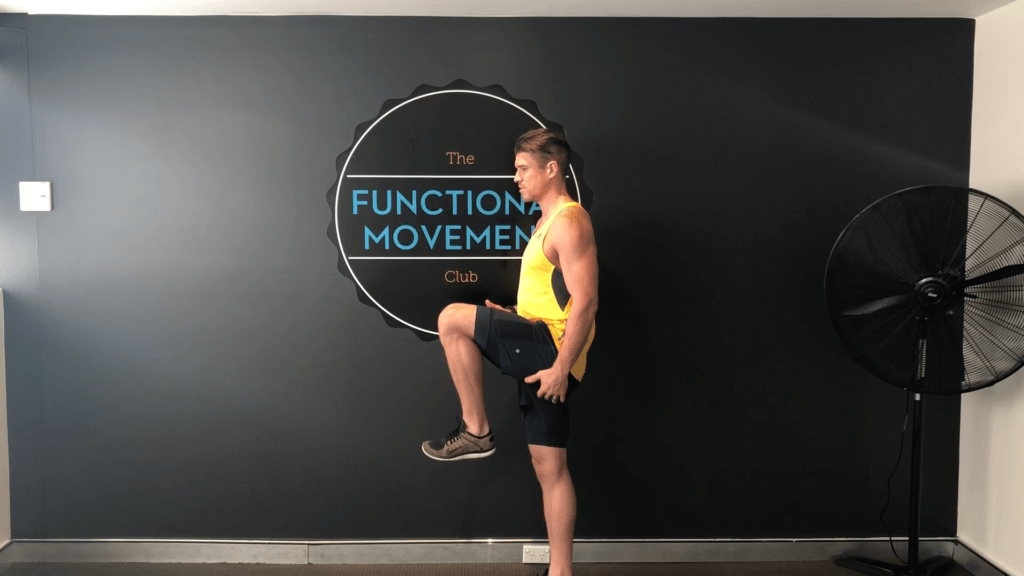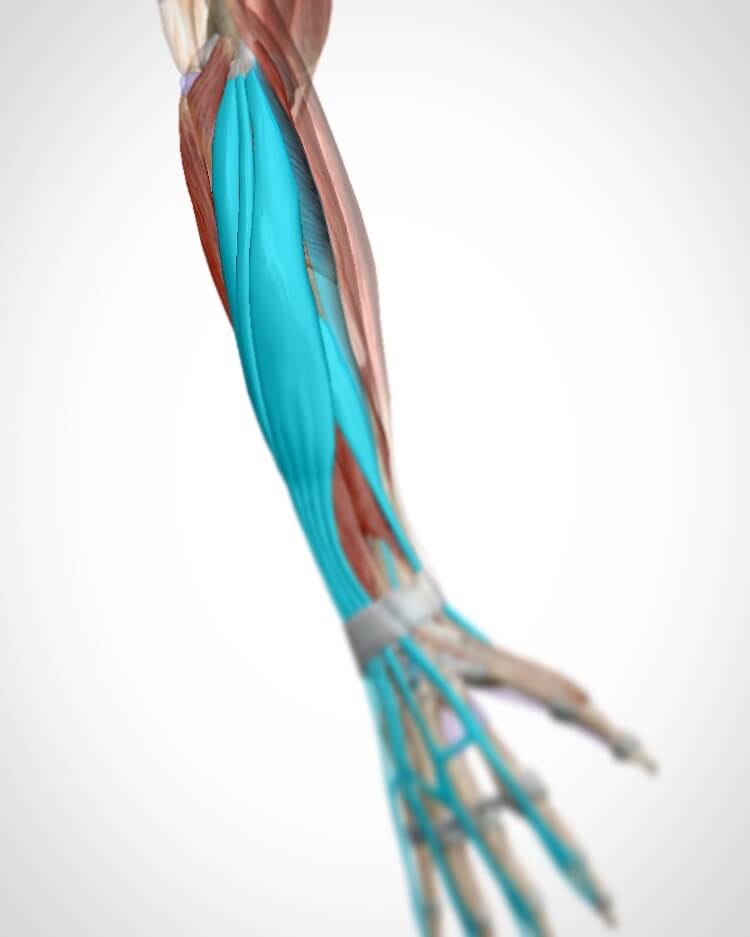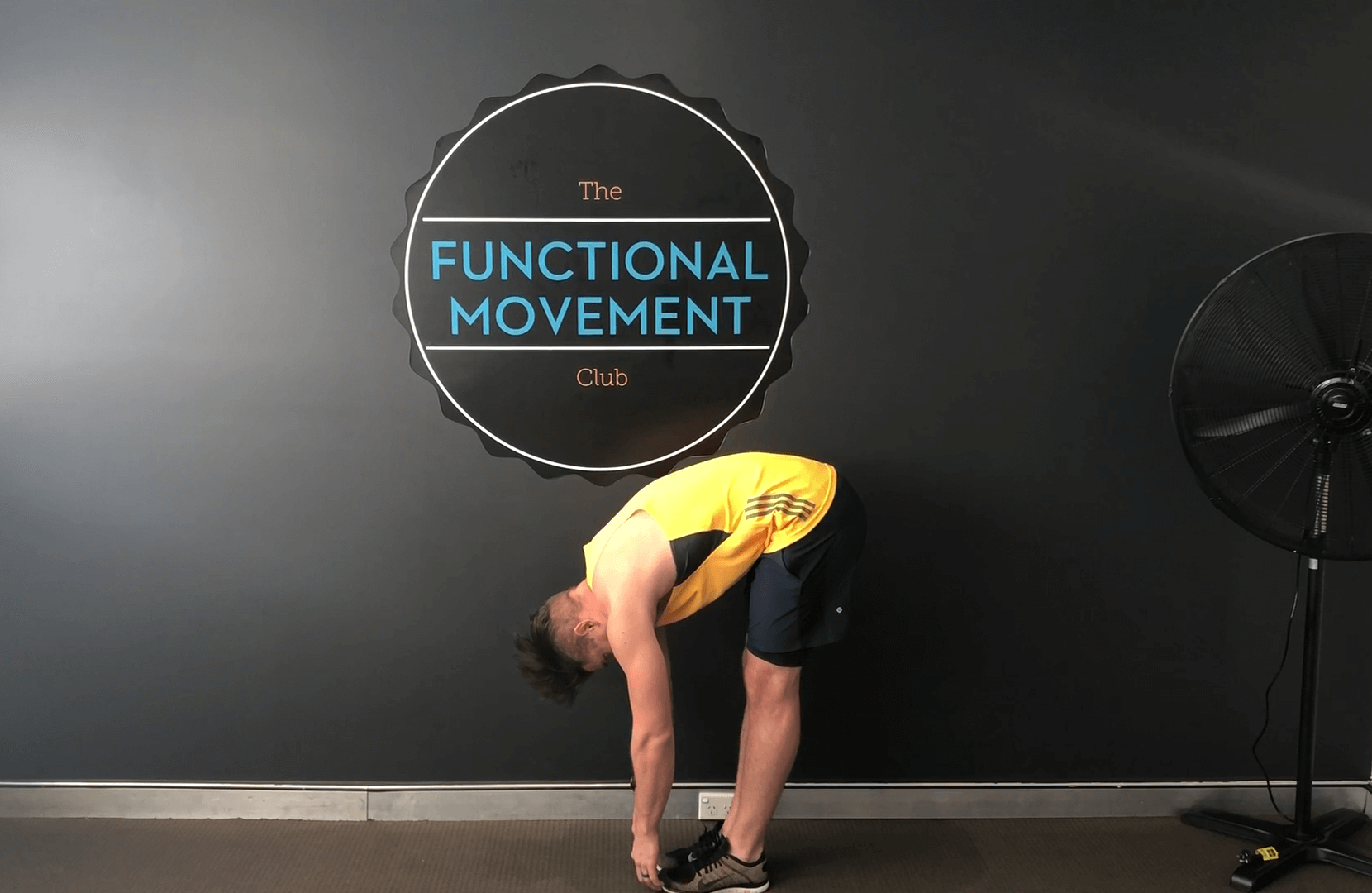
The Jefferson Curl: The Good, The Bad and The Ugly
Intro:
What if I told you there was a magical cure for ALL lower back pain issues? Let me introduce to you the Jefferson Curl. Sequential spinal flexion with and emphasis on moving each single spinal segment individually until the hands are below foot level.
- Roll down one vertebrae at a time like a string of pearls.
- Progress load slowly. Some have suggested every 12 weeks.
- Lock the knees.
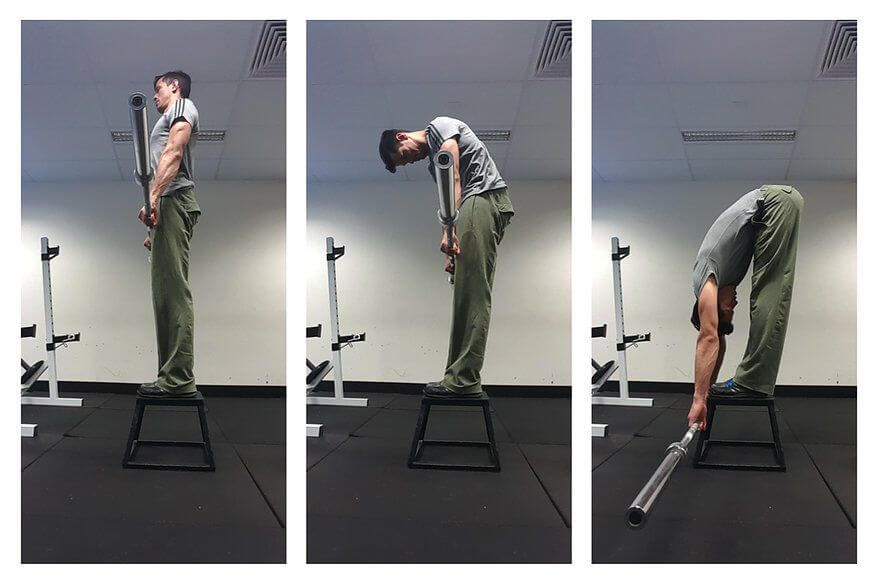
Fig.1 The Jefferson Curl
PSST . . . Heres a FREEBIE I made for you
Why Do The Jefferson Curl?
The idea behind the move is to increase your resiliency to loaded flexion. The exercise is started with extremely light-weight with the goal to progress over a year or two to near bodyweight.
Problems arise in the body when the rate of injury or insult is greater than the bodies natural ability to heal it. This is why if done the Jefferson curls should only be implemented. In slow increments and perfect motion needs to be emphasised overweight or reps. If we prepare the body for when things go wrong then we inevitably build a safer and stronger body. Which is more resilient to stress and strain (the reason you train in the gym, or at least the reason you should train).
Researching on this topic of loaded Lumbar flexion has to lead me down a deep and dark rabbit hole. And now it is time to summarise and give you my informed and unbiased opinion. There are 2 main schools of thought on this topic:
Dr Stuart Mcgill who with 30 years of research and experience in studying and dealing with lower back pain. Advising against loaded lumbar flexion as this is a known and well-documented cause of Lumbar disc bulge and degeneration (McGill 1997). Then there is the new school Physical therapist. Who believe that with the slow graduated implementation of the spine into flexion. That the body is able to rebuild damaged material in the disc and ultimately build a safer spine.
The Good:
Promoting segmental flexion and control whilst gradually progressively overloading in tissue build strength, and resilience. When done in a controlled manner it can help to lengthen hamstrings and play a very important muscle in the back the multifidus muscle. The risk of a disc bulge is lower in people who have smaller disc height. (Yates et al 2000) and maybe beneficial for people who are in extension for an extended period of time (gymnast, Olympic weight lifters, figure skaters)
The Bad:
Lumbar flexion has been proven time and time again to be linked with a Lumbar disc bulge when uncontrolled and excessive in motion. Lumbar disc and connective tissue take a long time to heal due to their lack of blood flow. The Jefferson curl could be harmful for people who spend a lot of their day already in flexion (office workers, couch potatoes,
What I’d Recommend:
Personally, I do not prescribe the Jefferson curl in the clinic as the long term effects of the exercise have not been well studied. Evidence-based practice includes equal input from these 3 areas:
- Best Research Available
- Clinical Expertise
- Patient Values
each being of equal value it is hard to recommend the Jefferson curl until further research is done as to the long term effects.
An alternative I give in the clinic is the Wall or Doorway stretch for Hamstring flexibility.
It helps to lengthen the hamstring whilst keeping the back in a neutral position and activation the core to signal to the brain that it is safe to lengthen them. Once this becomes easy, you can sit upright and then begin to reach forwards and minimising the distance between the chest and the thighs.
If you have been struggling with your mobility make sure you check out our MOBILITY SCHOOL to diagnose what is going on and get a short mobility routine specifically targeted at your problem areas
Need Some Extra Help With Your Back Pain? Click Below Or Give Us A Call:
Check out our Online 12 week back pain to back training program. (Click Here)
References:
1.Yates, Justin P. BSc Kin; Giangregorio, Lora PhD; McGill, Stuart M. PhD,
The Influence of Intervertebral Disc Shape on the Pathway of Posterior/Posterolateral Partial Herniation, Spine:1 April 2010 – Volume 35 – Issue 7 – pp 734-739
